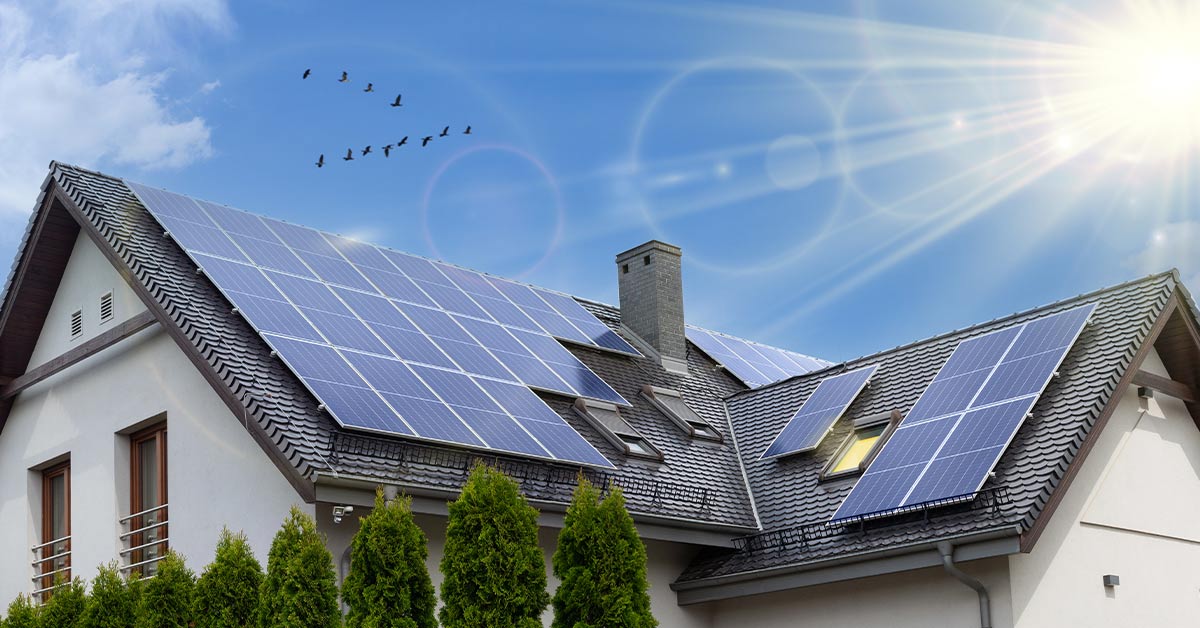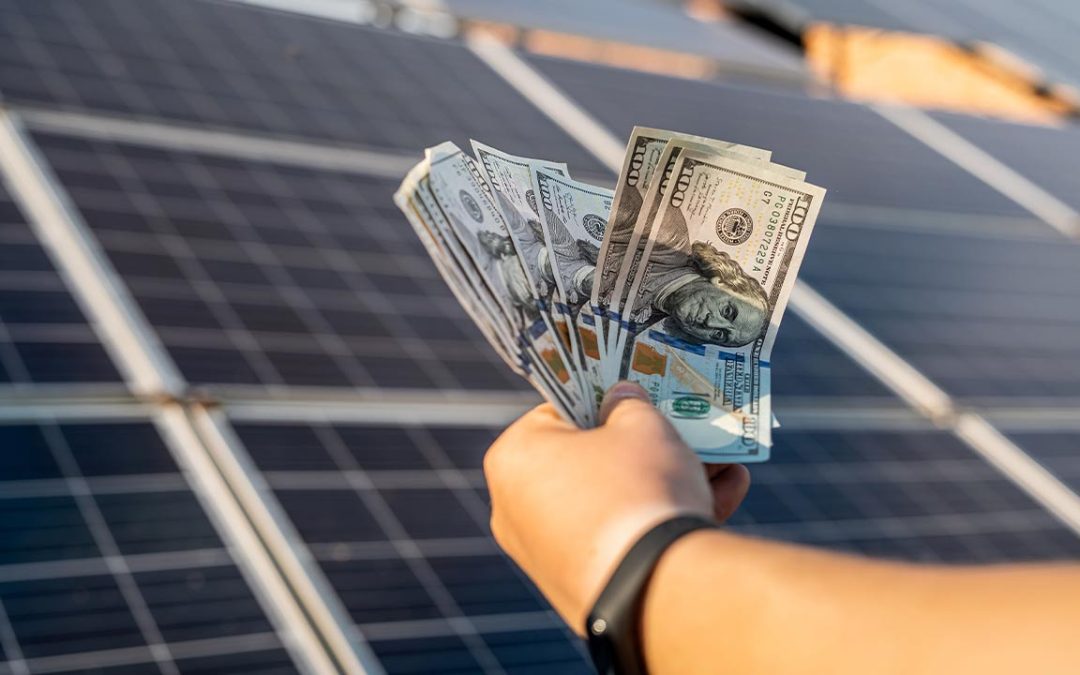1. Find out your upfront costs
First, calculate the price of your initial investments by researching cost estimates in your area, which assumes that 100% of your energy will come from solar. Depending on the size of your home, the number of solar panels, and energy usage by your family, you may still need to supplement your usage with the traditional grid, or you may have surplus energy you can sell back to the grid. Here are more resources that calculate your home’s potential savings. The are some factors that will affect your payback period, like the condition of your roof. Solar panels can last around 25 years, so it’s essential to make sure your roof is in optimal condition before you install them. If you need to make improvements, add those costs to your initial investment.
2. Calculate your Last Electricity Bills
Now that you have an idea of initial costs and energy savings, it’s time to log in to your electric utility account to calculate the average of your electricity bills. We recommend going back at least six months to a year to account for all the fluctuations in energy usage and cost. Let’s say you are currently paying around $125 per month, or $1,500 per year, in bills. If you plan to source 100% of your energy from solar, this will help you understand the base time it will take to recover the installation costs. The higher your electric bill, the more you would benefit from switching to solar. Keep in mind that your local utility company will also keep you vulnerable to prices that swing wildly depending on the season.

3. Consider Cost-Efficiency of Solar Panels
If you’re curious to see how efficient solar panels would be for your home, check out the SolarReviews calculator. There are multiple factors like the number of sunny days in your area, the direction your roof faces, and the size of your household. The $20,000 approximate installation cost will be your highest expense with solar panels; they don’t require much maintenance and could leave your home independent of the energy grid. Compare prices and services with several local solar companies to determine the right match for you.
4. Take Advantage of a Multitude of Government Incentives
Thankfully, there are multiple incentives to decrease your cost of solar installation. For example, the Residential Clean Energy Credit allows taxpayers with solar and other clean energy systems installed between 2022 to 2032 to recoup 30% of the total cost as a federal tax credit. This means that a $20,000 installation yields a $6,000 nonrefundable credit, so you can reduce your federal taxes. Keep in mind that once you use the money, it’s gone, so we suggest applying portions of your credit towards taxes owed over multiple years. Your state may offer other incentives, waived fees, property tax exemptions, expedited permits, or even the ability to sell extra power to local utility companies. We highly recommend browsing through the database of state incentives for renewables and efficiency.

5. Determine Your Payback Period
It’s time to calculate the length of your payback period. Now that you know you may have a $6,000 tax credit on your $20,000 installation, your initial investment has dropped to $14,000. If you currently spend $1,500 per year on your utility bill, divide the investment of $14,000 by $1,500. Within 10 years, your solar panels have paid for themselves. Although this may feel lengthy, remember solar panels are rated for around 25 years. Furthermore, if your state offers more incentives, you may benefit from an even smaller payback period. If you live somewhere with high energy rates, an acceptable solar rating, and you can make the initial investment, we think solar is a great idea for the environment and your wallet! An additional option is to lease solar panels, which have a lower upfront cost.
6. Reap the Benefits
As you save money over the long term, you’ll be able to save energy immediately after installation! If you install solar panels for your home and remain connected to the electrical grid, your home can act as a clean energy power plant that offsets pollution from your local power plant. Alternatively, you can store your excess energy in a solar battery that renders you entirely independent from the local power grid and keeps your home power even through cloudy days and dark nights. Because solar is a renewable resource, your home’s lower reliance on nonrenewable fossil fuels means you produce fewer greenhouse gases that contribute to global warming, reducing your carbon footprint by up to 80% in a year.
Now that you’ve done the math in determining how switching to solar will save you money and energy, are you feeling ready for the next step? Whether you’re prepared to bring solar energy to your household or you have more questions about any part of the process, contact Trinity Wiring Solutions today to begin!
